Table of Contents
In the cannabis industry, packaging serves as more than just a container. It's a crucial educational tool that communicates essential information about effects, strain types, and appropriate use cases. Well-executed visual design bridges the knowledge gap for consumers, particularly newcomers who may feel overwhelmed by industry terminology and product variety.
Visual Design Elements in Cannabis Packaging
Effective cannabis packaging leverages several design elements to convey information intuitively. Typography, color schemes, icons, and imagery work together to create an immediate understanding of what consumers can expect from products.
According to research on simplified cannabis labeling, consumers process visual information 60,000 times faster than text. This makes strategic design choices critical for communicating complex information about cannabinoid profiles and effects.
Core Visual Components
- Color coding systems for strain categories
- Icons representing effects and potency
- Infographics showing onset time and duration
- Visual scales for strength indication
- Imagery suggesting use contexts
When these elements are consistently applied across product lines, they create a visual language that consumers can quickly learn to navigate, similar to how nutritional labels function in the food industry.
Communicating Strain Types Through Color and Imagery
Color psychology plays a significant role in distinguishing between indica, sativa, and hybrid strains. Industry standards have emerged where purples and deep blues often signify indica strains, bright yellows and oranges represent sativas, and greens commonly indicate hybrids.
Beyond basic color coding, sophisticated packaging incorporates imagery that reinforces strain effects. Mountain scenes might accompany indica packaging to suggest relaxation and sleep, while sunrise imagery might appear on sativa products to convey energy and focus.
Illustrating Effects with Intuitive Graphics
Icons and simple graphics serve as universal translators for complex effects. For example, a crescent moon icon might indicate sleep aid properties, while a lightbulb could suggest creativity enhancement. These visual shortcuts become particularly valuable in dispensary environments where customers may feel rushed or uncomfortable asking detailed questions.
For products with varying potency levels, visual scales provide immediate context. Some brands incorporate precision measurement imagery, such as digital scale graphics that suggest accuracy and controlled dosing, particularly important for medical users and those sensitive to THC.
Designing for Specific Use Cases
Use case-oriented design goes beyond communicating effects to suggest specific consumption contexts. Morning, daytime, and nighttime indicators help consumers select appropriate products for their needs and schedule.
Activity-based imagery further refines this guidance. Packaging might feature yoga poses for stress-relief products or social gathering imagery for products intended to enhance social experiences. This contextual design approach is particularly effective for newer consumers who may be less familiar with strain characteristics.
As noted in research on wellness consumer packaging, contextual design elements can significantly impact how consumers perceive cannabis products and their appropriate uses.
Implementing Visual Education Systems
Creating a cohesive visual education system requires consistency across products and touchpoints. Brands should develop style guides that standardize how effects and strain information are visually represented.
Key Implementation Strategies
- Create a unified icon system for effects and potency
- Develop consistent color coding for strain types
- Design infographics that explain onset and duration
- Incorporate QR codes linking to detailed educational content
- Train budtenders to reference visual elements when educating customers
The unboxing experience offers additional opportunities for visual education. Insert cards, interior packaging, and even the structural design of containers can reinforce key information about the product.
Additionally, training budtenders to reference packaging visuals during customer interactions creates a consistent educational experience that bridges packaging and in-person guidance.
Visual Design as the Future of Cannabis Education
As the cannabis industry evolves, visual design will play an increasingly important role in consumer education and product differentiation. Brands that develop sophisticated, intuitive visual systems will build stronger connections with consumers while helping them make more informed choices.
The future of cannabis packaging design lies in creating visual systems that are simultaneously informative, compliant, and brand-building. By investing in thoughtful visual design that clearly communicates effects, strain types, and use cases, brands can improve the consumer experience while differentiating themselves in an increasingly competitive market.
When combined with strategic dispensary displays that reinforce packaging visuals, these design systems create a comprehensive educational environment that builds consumer confidence and brand loyalty.

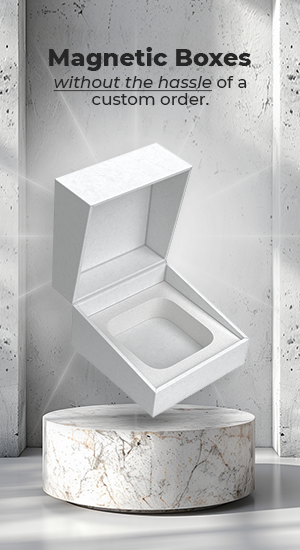

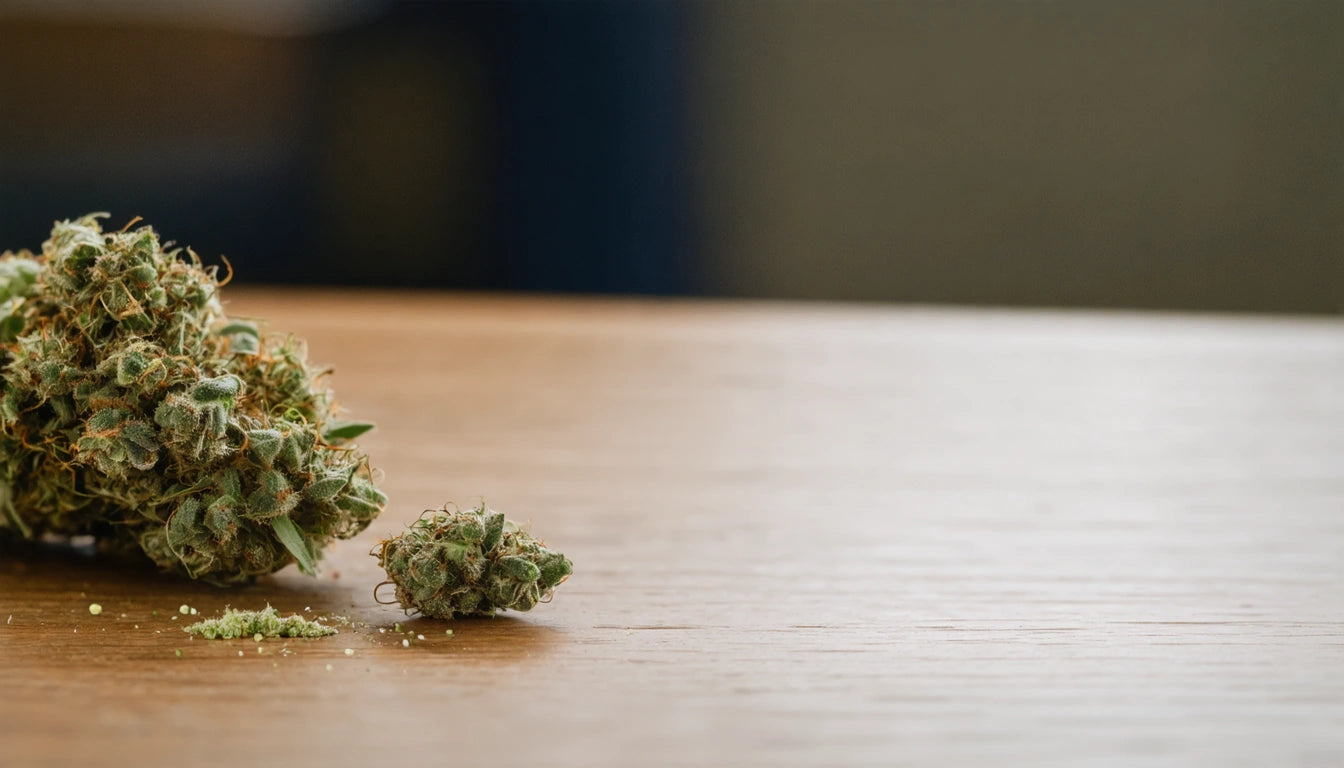


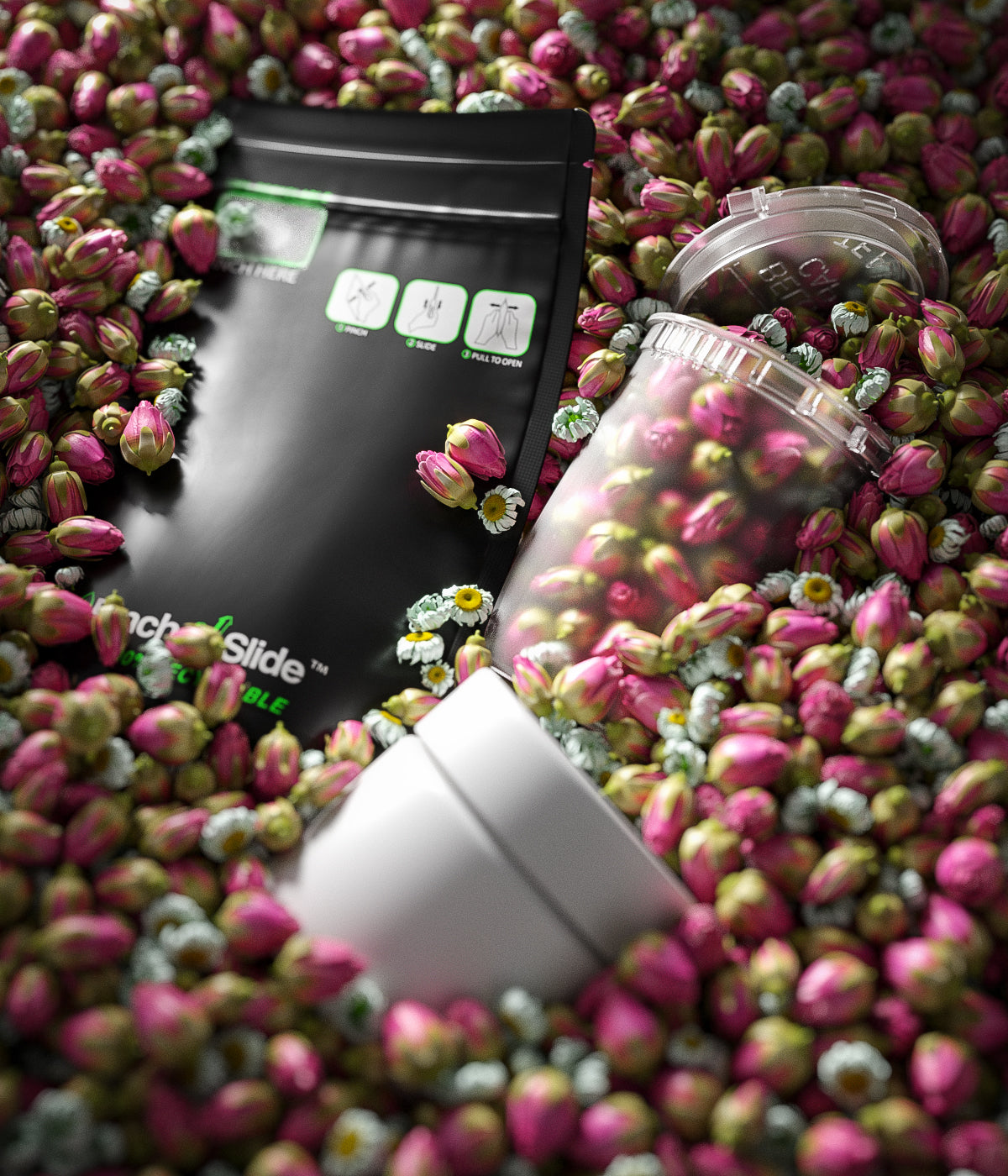
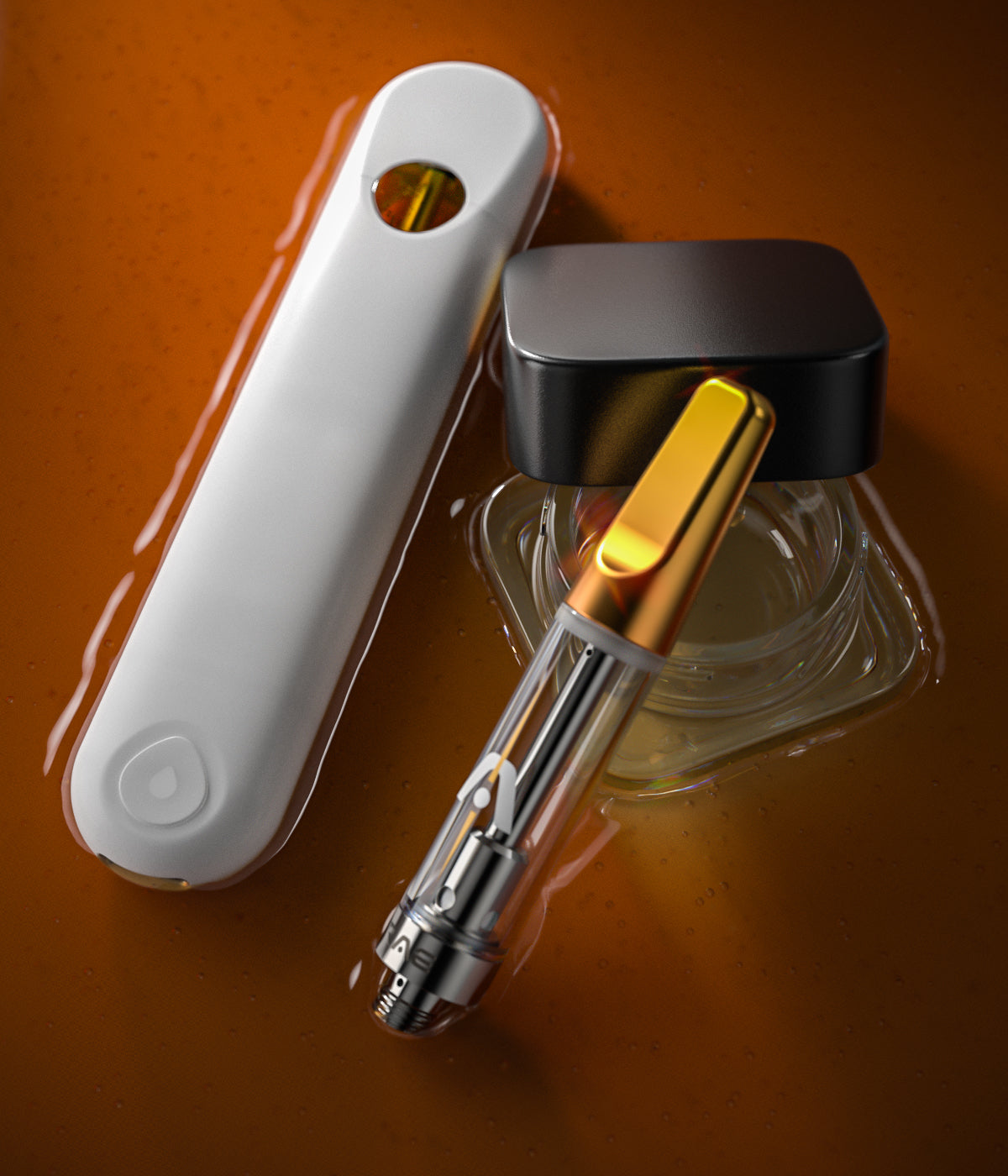
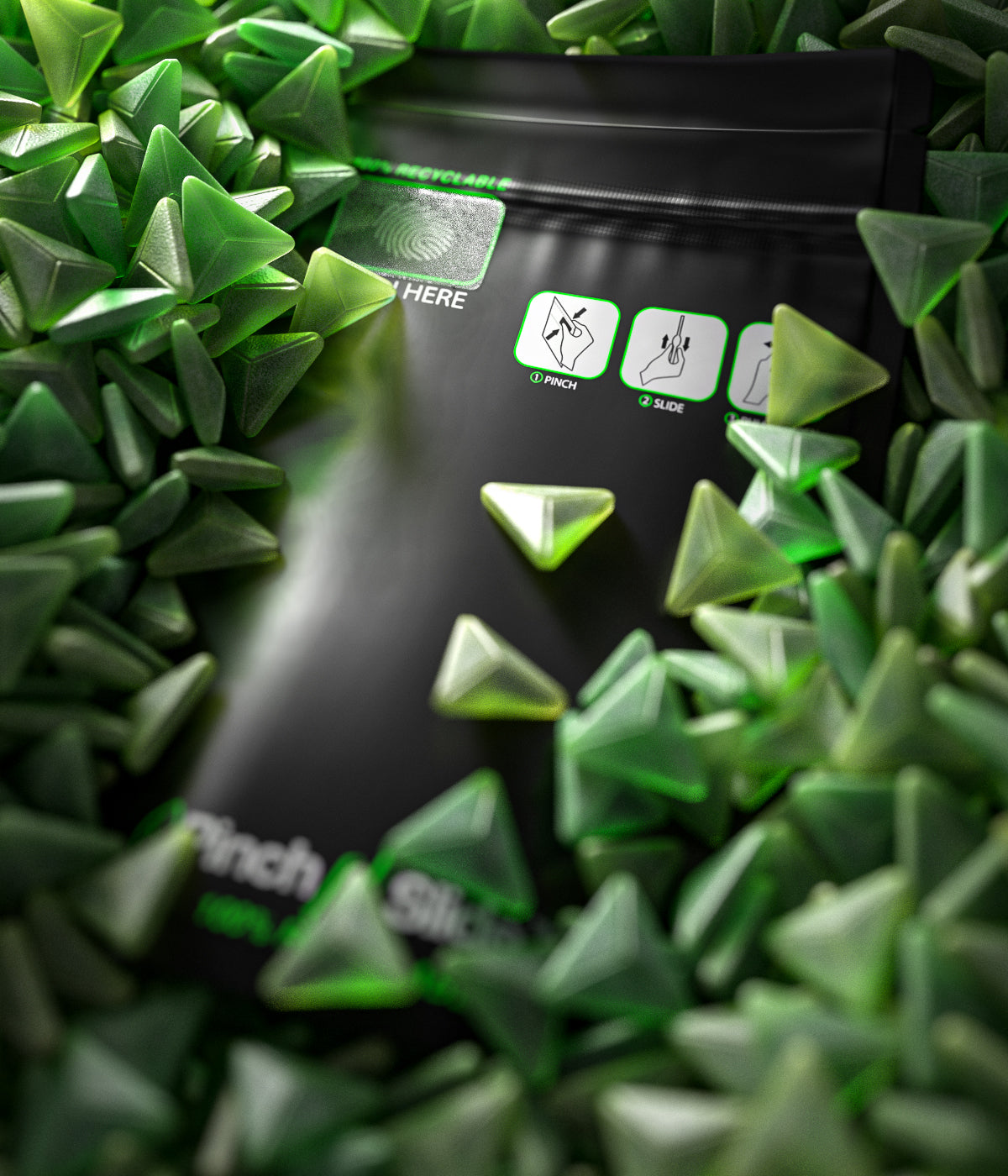

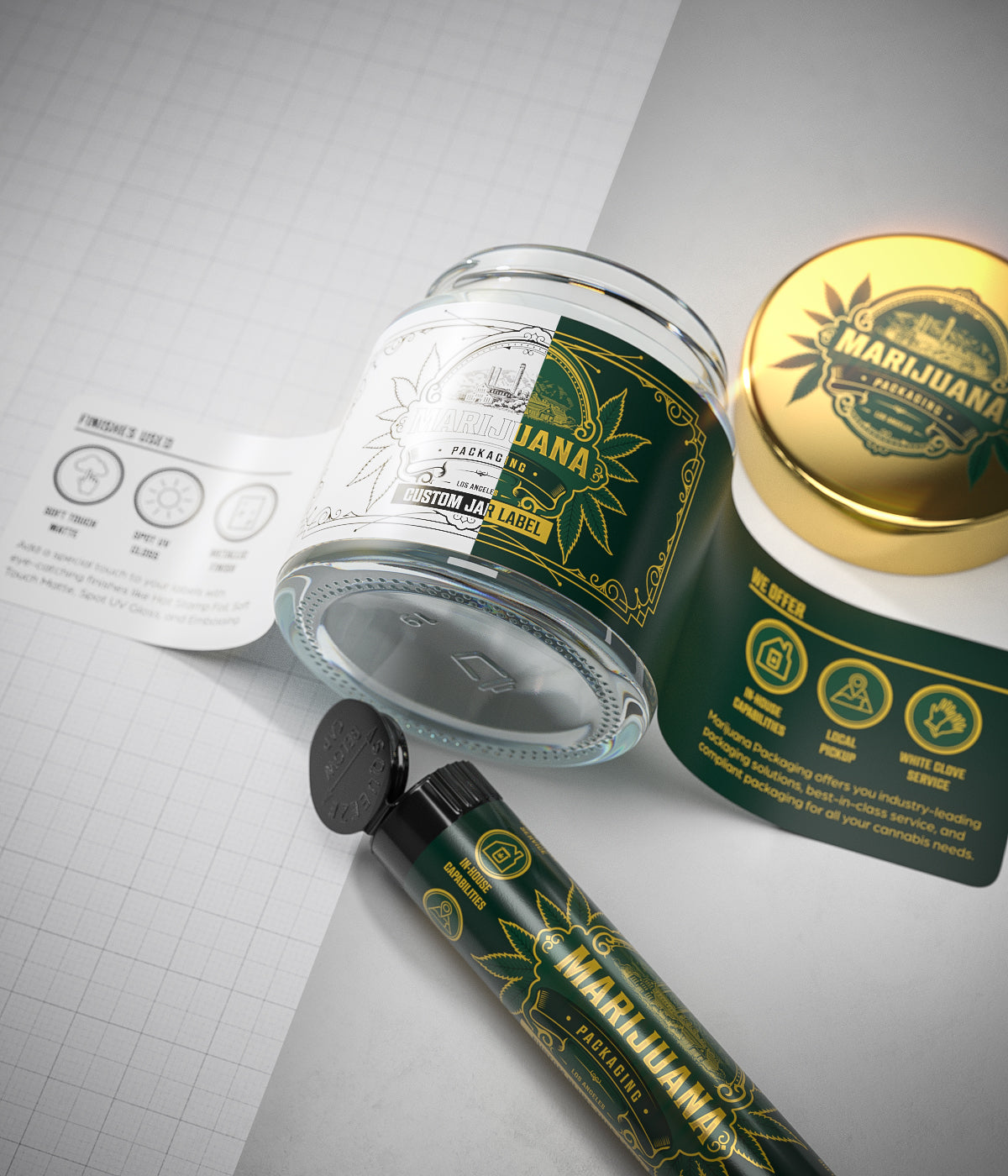
Leave a comment
All comments are moderated before being published.
This site is protected by hCaptcha and the hCaptcha Privacy Policy and Terms of Service apply.